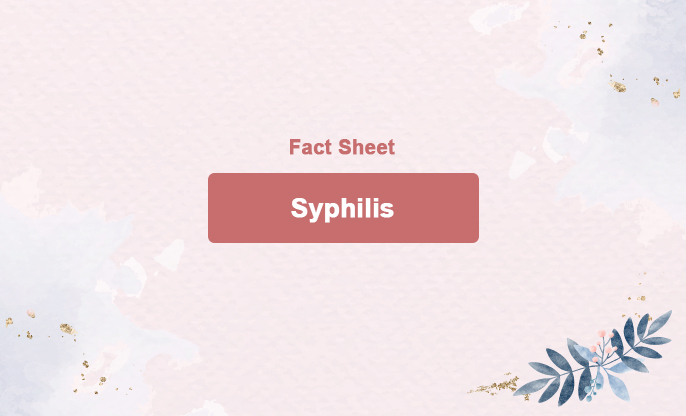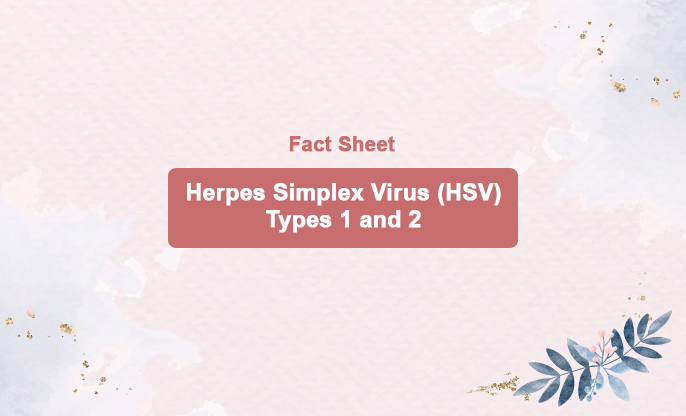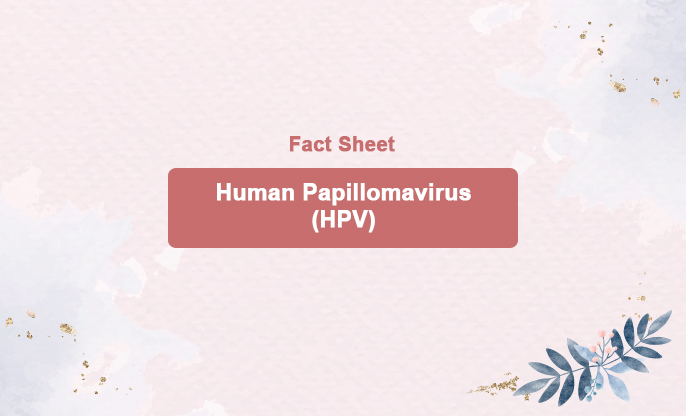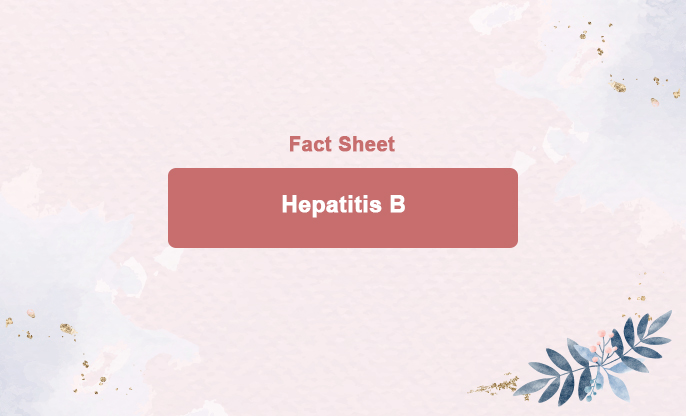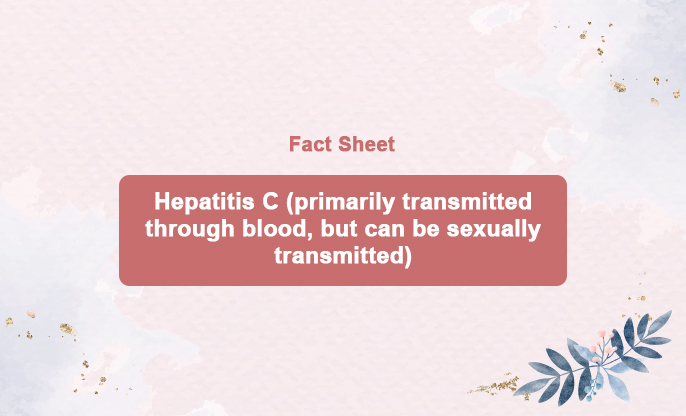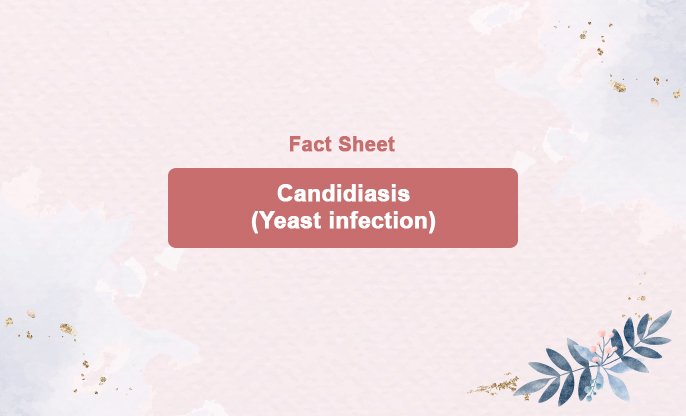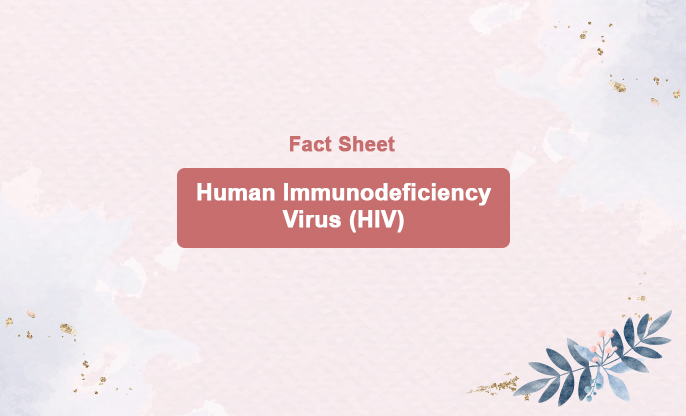
What is this?
HIV (human immunodeficiency virus) is a virus that attacks cells (white blood cells) that help the body fight infection, making a person more vulnerable to other infections and diseases. It is spread by contact with certain bodily fluids of a person with HIV, most commonly during unprotected sex (sex without a condom or HIV medicine to prevent or treat HIV), or through sharing injection drug equipment.
If left untreated, HIV can lead to the disease AIDS (acquired immunodeficiency syndrome).
The human body can’t get rid of HIV and no effective HIV cure exists. So, once you have HIV, you have it for life.
AIDS (acquired immunodeficiency syndrome) is the advanced stage of HIV infection, characterized by severe damage to the body's immune system due to the virus.
The symptoms of HIV vary depending on the stage of the infection.
Early Stage (Acute HIV Infection):
Increased Infectivity: The virus spreads more easily in the first few months after infection.
Lack of Symptoms: Many people may not experience symptoms initially.
Flu-like Symptoms: Some may develop an influenza-like illness within a few weeks, including:
Fever
Headache
Rash
Sore throat
Chronic Stage (Clinical Latency Stage):
Progressive Immune System Weakening: The virus gradually weakens the immune system, leading to:
Swollen lymph nodes
Weight loss
Fever
Diarrhea
Cough
Late Stage (AIDS):
Severe Immune System Damage: Without treatment, HIV can lead to AIDS, causing severe illnesses such as:
Tuberculosis (TB)
Cryptococcal meningitis
Severe bacterial infections
Cancers, such as lymphomas and Kaposi's sarcoma
Co-infections:
Worsened Infections: HIV can exacerbate other infections, including hepatitis C, hepatitis B, and mpox.
Early detection and treatment of HIV are crucial to manage the infection and prevent progression to AIDS.
How is it transmitted?
HIV can be transmitted through the exchange of various body fluids from individuals living with HIV, including blood, breast milk, semen, and vaginal secretions. It can also be transmitted from mother to child during pregnancy and delivery. However, people cannot become infected through everyday contact such as kissing, hugging, shaking hands, or sharing personal items, food, or water.
It is important to note that individuals with HIV who are on antiretroviral therapy (ART) and have an undetectable viral load do not transmit HIV to their sexual partners. Therefore, early access to ART and support to stay on treatment are crucial not only for improving the health of people with HIV but also for preventing HIV transmission.
Standard treatment protocol and time:
There is no cure for HIV infection. It is treated with antiretroviral drugs, which prevent the virus from replicating in the body.
The standard treatment for HIV involves the use of antiretroviral therapy (ART). ART is a combination of HIV medicines taken daily to control the virus. Here are the key components and guidelines:
Initial Evaluation and Baseline Testing:
HIV Viral Load Test: Measures the amount of HIV in the blood.
CD4 Count: Assesses the strength of the immune system.
Drug Resistance Testing: Identifies any resistance to HIV medicines.
Other Tests: Screening for co-infections (such as hepatitis B and C), kidney and liver function tests, and other baseline evaluations.
Antiretroviral Therapy (ART) Regimen:
ART typically involves a combination of three or more antiretroviral (ARV) drugs from at least two different classes. The primary classes of ARVs include:
Nucleoside Reverse Transcriptase Inhibitors (NRTIs):
Common drugs: Tenofovir disoproxil fumarate (TDF), Emtricitabine (FTC), Abacavir (ABC), Lamivudine (3TC).
Non-Nucleoside Reverse Transcriptase Inhibitors (NNRTIs):
Common drugs: Efavirenz (EFV), Rilpivirine (RPV).
Protease Inhibitors (PIs):
Common drugs: Atazanavir (ATV), Darunavir (DRV).
Integrase Strand Transfer Inhibitors (INSTIs):
Common drugs: Dolutegravir (DTG), Bictegravir (BIC), Raltegravir (RAL).
Entry Inhibitors:
Common drugs: Maraviroc (MVC), Enfuvirtide (T-20).
Recommended Initial Regimens:
INSTI-based Regimens:
Example: Bictegravir/tenofovir alafenamide/emtricitabine (BIC/TAF/FTC).
Example: Dolutegravir/abacavir/lamivudine (DTG/ABC/3TC) for patients without HLA-B*5701 allele.
Example: Dolutegravir plus tenofovir/emtricitabine (DTG + TDF/FTC).
Treatment Duration:
Lifelong Treatment: ART must be taken continuously and consistently for life to keep the virus suppressed.
Monitoring: Regular follow-ups every 3 to 6 months to monitor viral load, CD4 count, and overall health.
Goals of ART:
Viral Suppression: Reduce the viral load to undetectable levels.
Immune Restoration: Increase CD4 count to strengthen the immune system.
Prevent HIV Transmission: Achieve and maintain an undetectable viral load to prevent transmission.
Improve Quality of Life: Minimize symptoms and improve overall health and longevity.
Importance of Adherence:
Consistent Medication: Strict adherence to the ART regimen is crucial to prevent drug resistance and maintain viral suppression.
Support Systems: Access to medical care, counseling, and support groups to help maintain adherence and manage side effects.
Early Access to ART:
Immediate Start: Starting ART as soon as possible after diagnosis is recommended for optimal outcomes.
Universal Treatment: All individuals diagnosed with HIV are recommended to start ART, regardless of CD4 count.
How to avoid it?
HIV is a preventable disease. The risk of HIV infection can be reduced by:
Using a male or female condom during sex
Getting tested for HIV and other sexually transmitted infections
Undergoing voluntary medical male circumcision
Utilizing harm reduction services for people who inject and use drugs
Doctors may also recommend medicines and medical devices to help prevent HIV, such as:
Antiretroviral drugs (ARVs), including oral PrEP and long-acting products
Dapivirine vaginal rings
Injectable long-acting cabotegravir
ARVs can also be used to prevent mother-to-child transmission of HIV.
Individuals on antiretroviral therapy (ART) who have an undetectable viral load in their blood will not transmit HIV to their sexual partners. Access to testing and ART is crucial in the prevention of HIV.


